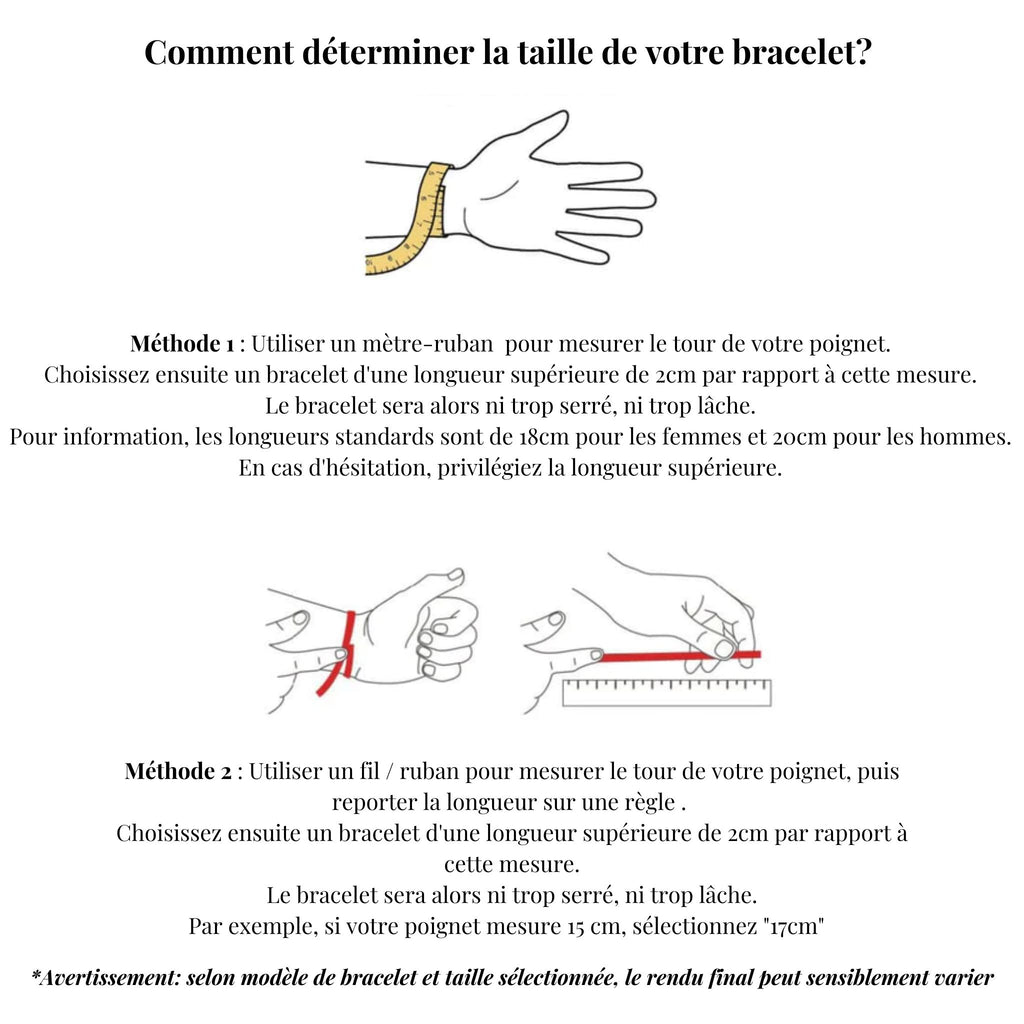
Sun Stone: Virtues of the Sun Stone
In lithotherapy it promotes friendly and warm relationships, easy encounters.
It makes you in a good mood, ready to brave all obstacles which in the end will no longer really be obstacles, the Sunstone making you optimistic and courageous .
- Origin of the name: Commonly called “sunstone” or “helioite”, it owes its name to Jean Claude Delametherie due to its sparkle evoking the reflections of the sun
- Home group: Feldspars
- Color(s): Brown, orange, red
- Symbol: Joy of living
- Hardness: 6 - 6.5
- Main deposits: Canada, United States, Norway, Russia, India and Madagascar
- Chemical composition: Sodium aluminosilicate, calcium
- Day of the week: Every day
Varieties of Sunstone
Sunstone in lithotherapy is a variety of oligoclase . It stands out in particular for its sequins that sparkle in the sun . This orange effect, sometimes iridescent with green or blue, comes from hematite or goethite crystals on which the light is reflected.
It can be found on an opaque background, generally used for cabochons, or transparent, which can be faceted.
Benefits and virtues of Sunstone
On the psychological level
On a psychological level, whatever the beliefs of different cultures, it should be remembered that the stone is the symbol of power and harmony.
The stone of positive feelings: releases light which is reflected on the psychological state. It chases away depressive tendencies, gloom, sadness, withdrawal, emotional blockages, worries.
Everything that prevents us from moving forward and being at peace is contained by its solar force. The psychological barriers that the mind creates give way to self-confidence. A Heliolite's main characteristics are the warmth and optimism it exudes.
- The lucky stone : it is known to bring luck to the person who holds it. Promotes personal ambitions, chases away complexes.
- The protective stone : helps you find peaceful sleep, purifies nightmares.
- The stone of empathy : its energetic benefits provoke a desire to reach out to others, to meet people, to create social links.
On the physical level
On a physical level, Sunstone is a hot stone having a positive impact on everyone's bodily abilities.
- The stone of carnal desire : a heliolite has benefits on the sexual organs of men and women. It fights against erectile dysfunction and promotes fertility and procreation. To be placed on the sacral chakra to reactivate sexuality.
- The toning stone : strengthens the heart and the nervous system, stimulates the immune system.
- The stone of digestive comfort : to be placed on the solar plexus to activate inner well-being.
Ensures the proper functioning of the digestive system and intestinal transit. Avoid bloating and a swollen stomach.
Chakras
On a karmic level, the Sun Stone would be favorable to the Solar Plexus Chakra .
Astrological signs
The preferred astrological signs of the Sun Stone are the sign of Leo , Scorpio , and Aries .
Recharging and purification
After a while the stone gave all the energy it could. It can be purified energetically by placing it on a bed of coarse salt for several hours or by immersing it for several hours in non-limestone water .
For greater efficiency, you can then charge in the sun or natural light. It is also possible to recharge it on a Quartz cluster .
Meaning and history of the Sunstone
The Sunstone has always fascinated people throughout the ages . It has been recognized for many properties linked to its warm orange color. In Antiquity, this orange quartz with brilliant reflections could suggest magical virtues . For example, the Scandinavian people, notably the Vikings, revered this stone.
In Norse mythology, possessing this Sunstone allowed easy access to Valhalla, this place where brave deceased warriors are brought to rest in peace.
Furthermore, the archaeologist Thorkild Ramskou put forward a hypothesis in 1967. A heliolite would have been found on board a wreck.
For him, it is a Viking heritage, which wanted that at the time, well before the invention of the compass, we used it to orient ourselves at sea. It was enough to place a heliolite in front of our eye, looking towards the sky, to find the position of the sun.























